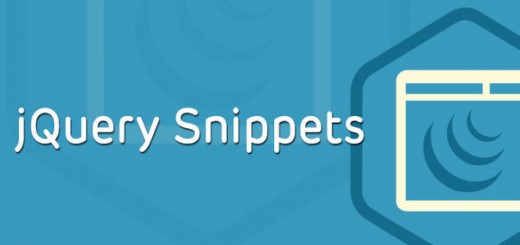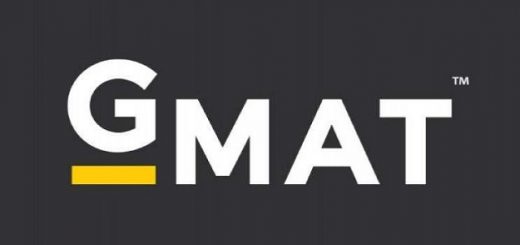Anyone who has a job has at least once thought about or even installed apps that promote productivity and time management. They work up to the point when you get lost in your own notes. Many executives also manage their time thanks to apps and online calendars. Still, the paper version of a monthly planner survives despite the digital age and is even popular.
Paper calendars as well as agendas work thanks to their own specific: when you write down an information, your brand acknowledges as important. You have higher chances to remember the info.
Calendars were successful ever since they appeared because they offer an overview of the month. They let you mentally calculate how much time is left until a certain event occurs or the month ends.

How an Effective Calendar Should Look
Most of the people purchase printed calendars from newspaper kiosk and shop when the year begins. The calendar market is broad enough to offer designs for any concept you might probably look for. However, executives and business people look for options that provide them full freedom to make notes and avoid distractions such as pictures with landscapes or kittens.
There are specialized websites which offer downloadable blank calendar templates. Such options only emphasize weekends, so you can freely schedule or leave out any working days. However, the choice of printing out a landscape, portrait or daily planning calendar depends on the size of the space you plan to place it in.
Is the Calendar Still Successful?
According to a study, calendars grew in sales by 8% and reached $65 million in 2016 compared with the previous year. A similar growth was also registered for appointment books and planners. .
As per another study performed by BIC Graphic company, promotional calendars distributed by agents, medical professionals and other business people make appealing marketing tools. Around 82% of the calendar recipients enjoy receiving them as gifts. Additionally, 70% of them plan to develop business relations with the companies that offered them calendars. Surprisingly enough, Melissa Ralston, the marketing director of the research company admitted she owns a planner, a wall and a refrigerator calendar.
All Information in One Place
The printable calendar typically ends up on your office wall, next to the desktop monitor – or at least it should, because these tools need full and continuous visibility. A calendar provides you with overall information regarding your working time such as:
• Weekends.
• Unavailable days due to family events, national holidays or vacation days off.
• Total number of monthly working days.
• Time you reserve for specific activities.
• Available remaining time to solve tasks you’ve previously postponed.
Having access to all information in one glimpse saves you time for calculations and offers you a clear view of when you can schedule an event without overcharging the calendar.
The Calendar Protects Your Data and Time
You don’t need to log in, remember a password, learn options, wait for a software to load or open a new tab to access your calendar. The printable version of your time planner covers the missing step you make when taking one of the above actions. Even if you save just a few minutes, you access the data instantly and can come with a quick answer.
You don’t use power or need battery to see your schedule. On the downside, you cannot take it anywhere you leave. However, you can photo the printable calendar and keep the backup picture in your smartphone.
The Calendar Comes with Personalization Options
Time management paper tools can be fully personalized. On the bright side, you can draw flowers, butterflies even write down codes for websites on the calendar. However, you get to fully organize and prioritize the notes you make and create codes only you understand. A red square can be a conference, while a yellow circle can be a business partner meeting. You can even use asterisks or other symbols.
You create your own codes and build your time balance. The only risk you face is getting carried away and schedule more than you’d plan to. Remember that calendars are there to also remind you of the available hours you have to handle older tasks or clean up your files and folders.
The Digital and Analog Partnership
Paper and digital can successfully coexist. You can have a to-do app or management software that connect to the calendar from your wall. Feel free to even mention one of them when working in the other. This way, you save time and space when writing down notes.
The printable calendar is a reliable tool you can freely use indefinitely. Once the month ends, print out a sheet of the next one and so on. If you keep old calendars, you can notice patterns, evaluate your own work and come with solutions to optimize it. Later, you might reorganize how you work to make room for some more time. Your own notes include information about how many events you attend, how long a recurrent task lasts and how much time you need for administrative responsibilities.
There are plenty traits to consider when using a printable calendar. The downsides can turn in your favor. If you cannot edit a mark you make, you also won’t be able to postpone a task you planned to solve on time.




